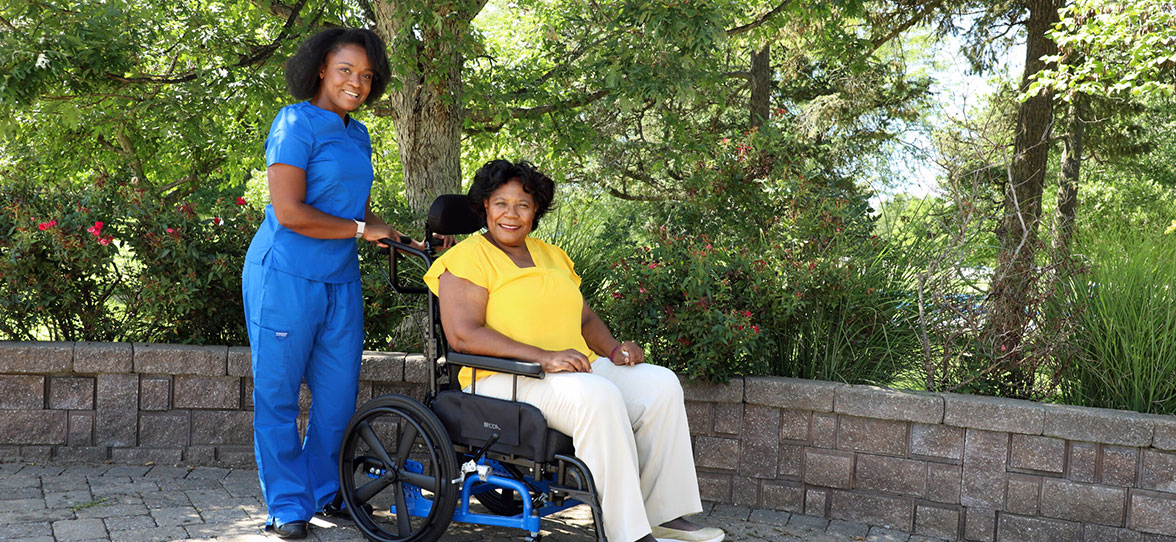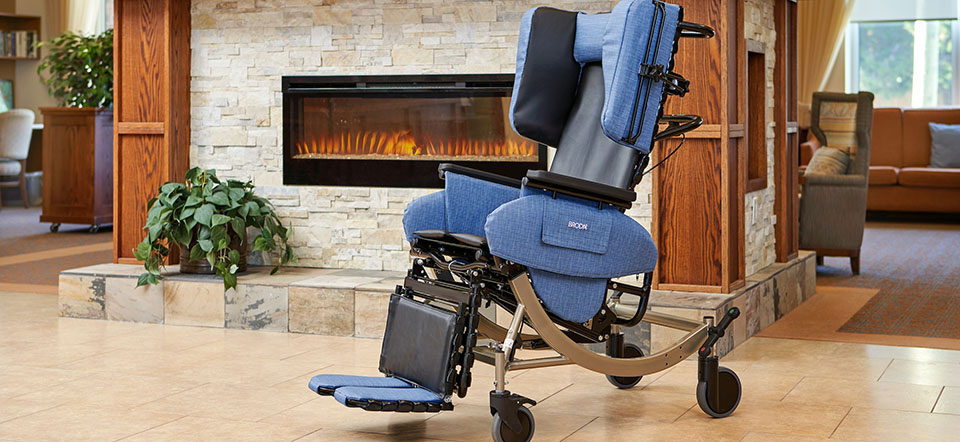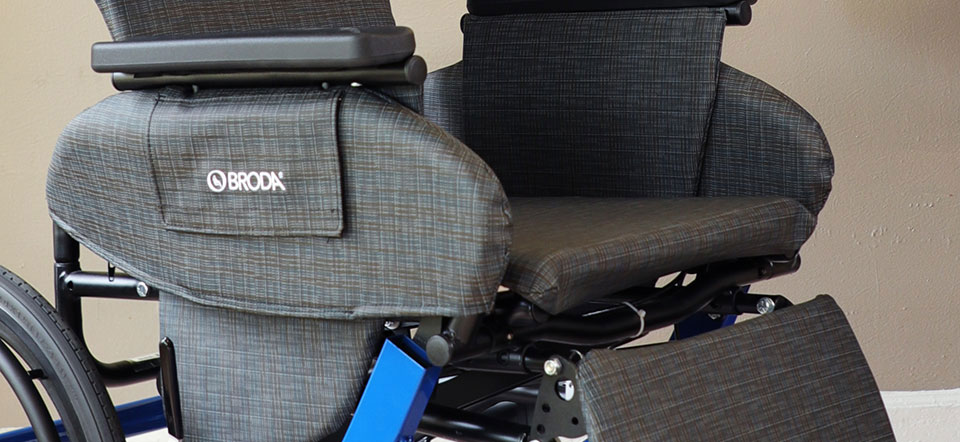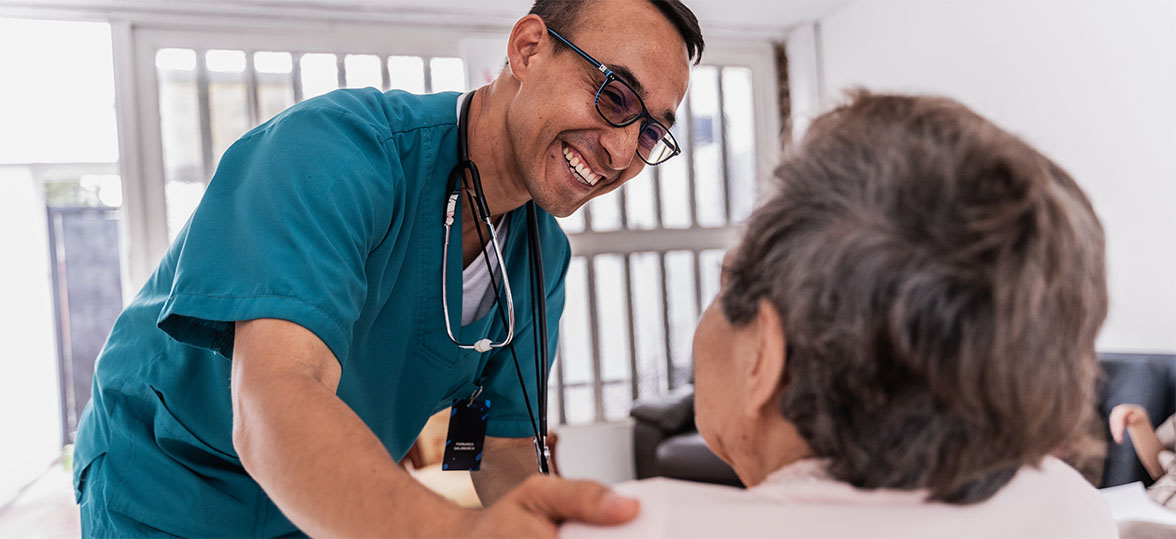Have you discussed your Safe Patient Handling Program with your long-term care clinical staff and caregivers recently? If not, it could be costly.
Why Safe Patient Handling is Important in Long Term Care:
- Caregiver back injuries in the healthcare industry cost an estimated $20 billion annually.
- The average cost for a fall-related injury is over $30,000 per incident.
- Falls are a leading cause of hospital admissions and readmissions for nursing home patients.
The safety practices and protocols for skilled nursing facilities, nursing homes, and hospices are uniquely challenging. Caring for geriatric patients in an environment of inadequate staffing, extended work hours, and faulty medical equipment can be a recipe for disaster.
Nurses, therapists, and other clinicians face many safety and health hazards in long-term care. Rates of musculoskeletal injuries from overexertion in healthcare occupations are among the highest of all U.S. industries. Unfortunately too these injuries can be often life-altering and for others career ending.
The single most significant risk factor for overexertion injuries in long-term care is the manual lifting, moving and repositioning of patients, residents or clients, i.e., manual patient handling. This manual patient handling is an essential part of a caregiver’s role in moving a patient between bed, wheelchair, shower commode chair and other seating several times a day.
The risk of caregiver injury from patient handling rises significantly when dealing with bariatric or obese patients. An estimated 37% of adults, aged 60 and over are obese, and that number is rising.
The Solution – Proper Use of Durable Medical Equipment
Research shows the use of assistive technology such as mechanical lifts and specialty equipment such as Tilt-in-Space seating systems on chairs or wheelchairs can reduce injuries to workers and lower costs associated with worker’s compensation, lost productivity, and turnover. Medical equipment such as a Broda Synthesis Tilt Recliner can aid in decreasing caregiver injuries and improve patient safety during transfer and daily use.
The use of a Tilt-in-Space seating system provides a safe, effective way to position and reposition patients throughout the day. The use of tilt dramatically reduces the lift force required by the caregiver when positioning and repositioning the patient. Also, the Broda Synthesis Tilt Recliner offers a lay flat feature that safely accommodates slide transfers decreasing the need for mechanical lifts and swing away removable arms that provide greater access to the patient during transfer.
Putting it all together for an effective Safe Patient Handling Program
- Review Safe Patient Handling Program and identify risks and gaps in training.
- Utilize resources from credible agencies like OSHA and the Centers for Disease Control to ensure compliance.
- Train, Test and Re-Education all caregivers and clinicians on an ongoing and regular basis!



